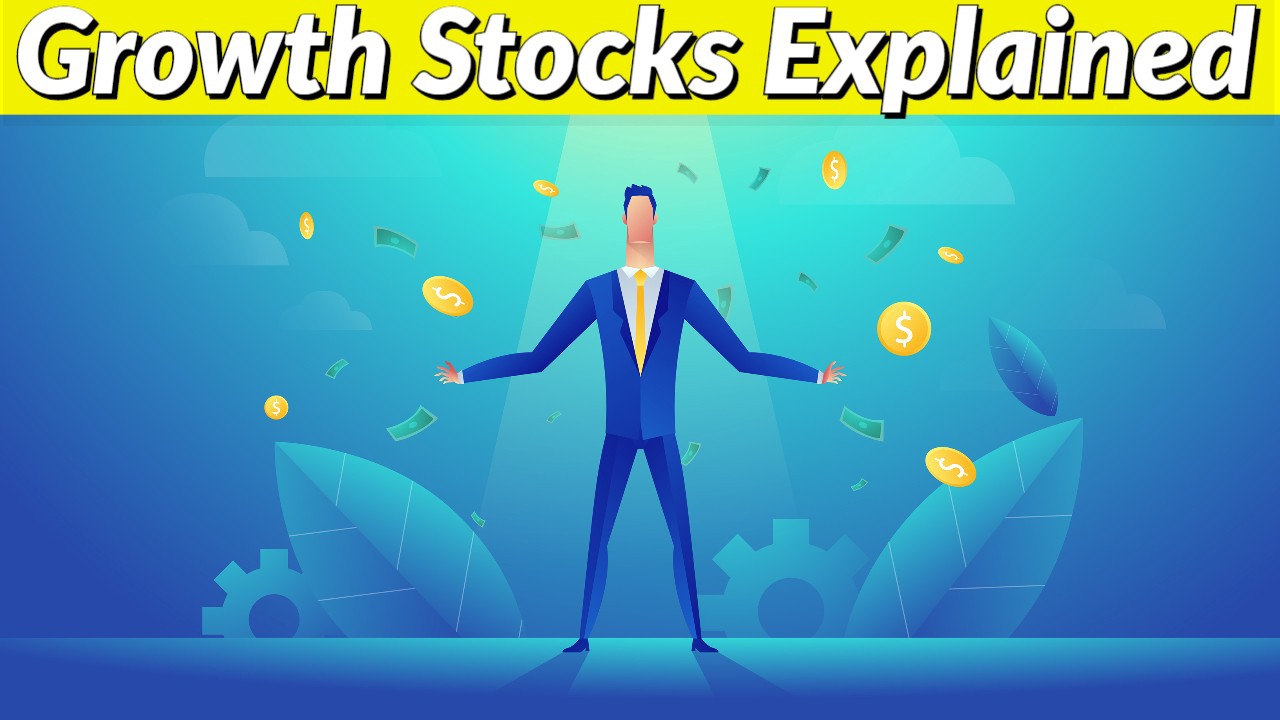Value investors want to buy stocks for less than they're worth. If you could buy $100 bills for $80, wouldn't you do so as often as possible? Here's an overview of value stocks, including some excellent beginner-friendly value stocks, and some key concepts and metrics that value investors should know.
3 best value stocks for beginners
Value stocks are publicly traded companies trading for relatively cheap valuations relative to their earnings and long-term growth potential.
Let's take a look at three excellent value stocks: Berkshire Hathaway (NYSE:BRK.A)(NYSE:BRK.B), Procter & Gamble (NYSE:PG), and Johnson & Johnson (NYSE:JNJ). Later on, we'll dive into some of the metrics that can help you find the best ones to invest in.
Berkshire Hathaway: Since CEO Warren Buffett took over in 1964, Berkshire Hathaway has snowballed into a conglomerate with more than 60 wholly owned businesses and a massive stock portfolio with more than four dozen different positions. Berkshire has steadily increased its book value and earnings power over time -- and it currently operates under the same business model that has led the stock to more than double the annualized return of the S&P 500 index for more than 55 years.
Procter & Gamble: Consumer products manufacturer Procter & Gamble is the company behind brands such as Gillette, Tide, Downy, Crest, Febreze, and Bounty, but there are dozens more in its product portfolio. Through the success of its many brands, Procter & Gamble has been able to steadily add to its revenue over time and has become one of the most reliable dividend stocks in the market, increasing its payout annually for more than 60 consecutive years.
Johnson & Johnson: The healthcare giant is best known for its consumer healthcare brands such as Band-Aid, Tylenol, Neutrogena, Listerine, and Benadryl, just to name a few. But the majority of its revenue comes from its pharmaceutical and medical device businesses. Healthcare is one of the most recession-resistant businesses in the economy, and Johnson & Johnson has produced steady revenue and dividend growth over time.
One thing value investors should keep an eye on is Johnson & Johnson’s plan to split its consumer products division from its pharmaceutical and medical device business in November 2023, with the pharmaceutical and medical device segment retaining the Johnson & Johnson name. Because developing drugs and medical devices tends to be a high-risk, high-reward business, Johnson & Johnson could become more of a growth play when the spinoff is complete.
What are value stocks?
Most stocks are classified as either value stocks or growth stocks. Generally speaking, a value stock trades for a price that’s cheaper than its financial performance and fundamentals suggest that it’s worth. A growth stock is a stock in a company expected to deliver above-average returns compared to its industry peers or the overall stock market.
Some stocks have both attributes or fit in with average valuations or growth rates, so whether to call them value stocks depends on how many characteristics of such stocks they have.
Value stocks generally have the following characteristics:
They typically are mature businesses.
Steady (but not spectacular) growth rates.
Relatively stable revenues and earnings.
Most value stocks pay dividends, although this isn't a set-in-stone rule.
Some stocks clearly fit into one category or the other. For example, 130-year-old spice manufacturer McCormick (NYSE:MKC) is clearly a value stock, while fast-moving Tesla $特斯拉(TSLA)$(NASDAQ:TSLA) is an obvious example of a growth stock. On the other hand, some stocks can fit into either category. For example, there's a case to be made either way for tech giants Apple (NASDAQ:AAPL) and Microsoft (NASDAQ:MSFT).
How to find value stocks to invest in
The point of value investing is to find companies trading at a discount to their intrinsic value, with the idea that they'll be likely to outperform the overall stock market over time. Unfortunately, finding stocks that are undervalued is easier said than done.
That said, here are three of the best metrics to keep in your toolkit as you search for a bargain:
P/E ratio: This is the best-known stock-valuation metric and for a good reason. The price-to-earnings, or P/E, ratio can be a very useful tool for comparing valuations of companies in the same industry. To calculate it, simply divide a company's stock price by its past 12 months of earnings.
PEG ratio: This is similar to the P/E ratio but adjusts to level the playing field between companies that might be growing at slightly different rates (thus, PEG, or price-to-earnings-to-growth, ratio). By dividing a company's P/E ratio by its annualized earnings growth rate, you get a more apples-to-apples comparison between different businesses.
Price-to-book (P/B) ratio: Think of the book value as what would theoretically be left if a company ceased operations and sold all its assets. Calculating a company's share price as a multiple of its book value can help identify undervalued opportunities, and many value investors specifically look for opportunities to buy stocks trading for less than their book value.
Long-term investors can generally be classified into one of three groups:
1. Value investors try to find stocks trading for less than their intrinsic value by applying fundamental analysis.
2. Growth investors try to find stocks with the best long-term growth potential relative to their current valuations.
3. Investors who take a blended approach do a little of each.
Warren Buffett, the CEO of Berkshire Hathaway, is perhaps the best-known value investor of all time. From the point that Buffett took control of Berkshire in 1964 to the end of 2020, the S&P 500 has generated a total return of 23,454%. Berkshire's total return during the same period has been a staggering 2,810,526% (that's not a typo).
Although he isn't as well-known as Buffett, Benjamin Graham is often referred to as the father of modern value investing. His books, The Intelligent Investor and Securities Analysis, are must-reads for serious value investors, and Graham was Buffett's mentor.
Don't underestimate the power of value stocks
While they might not be quite as thrilling as their growth stock counterparts, it's important to realize that value stocks can have just as much long-term potential as growth stocks, if not more. After all, a $1,000 investment in Berkshire Hathaway at the beginning of 1965 would be worth more than $18 million today. Finding companies that trade for less than they are truly worth is a time-tested investment style that can pay off tremendously.



Comments